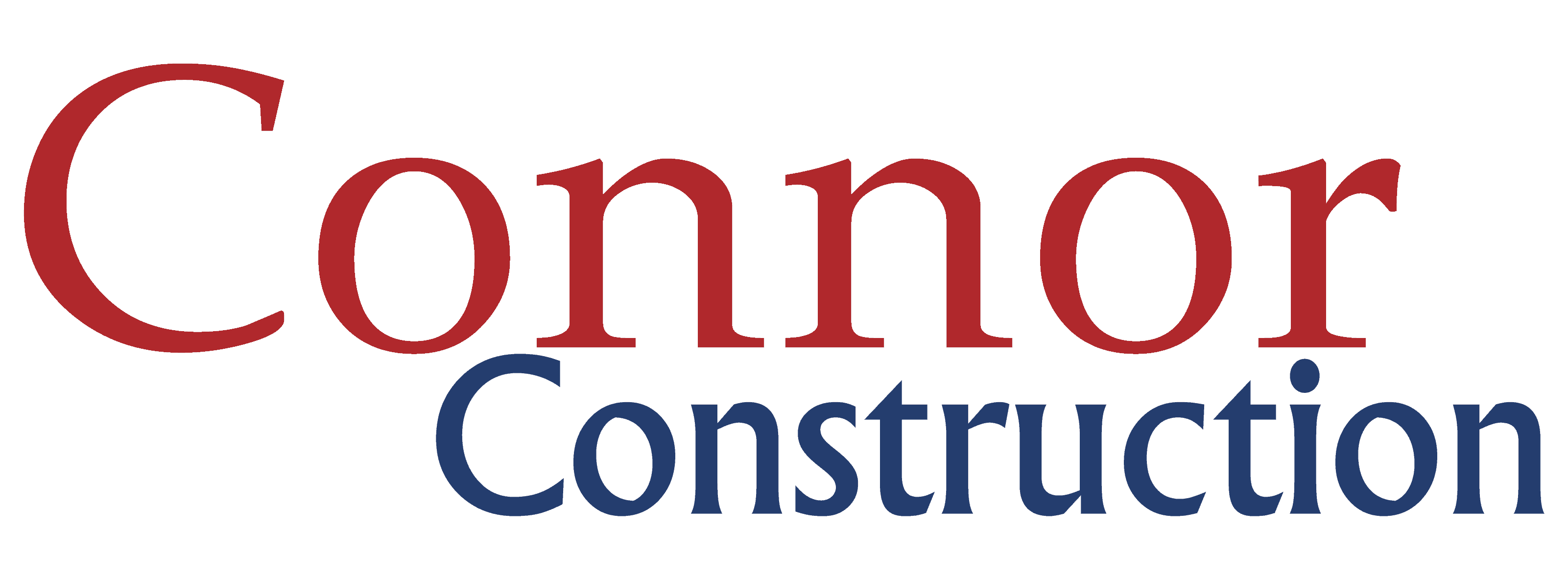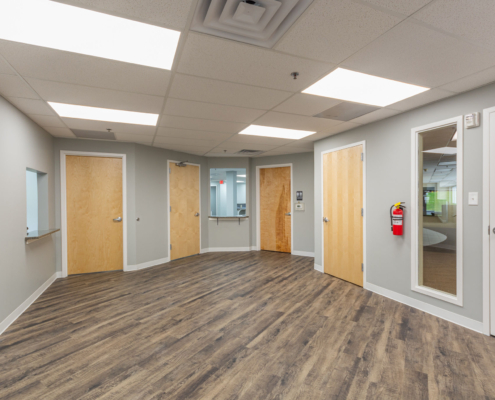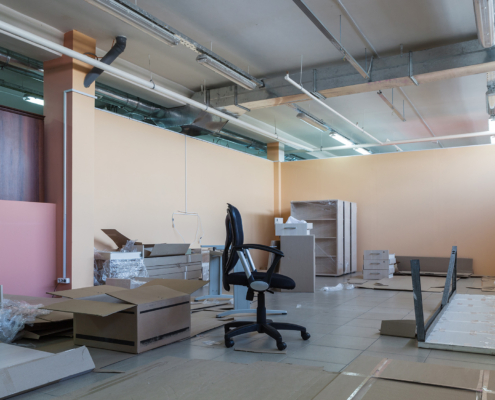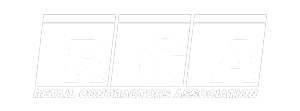 https://connorconstructionllc.com/wp-content/uploads/2024/10/Interior-view-of-a-warehouse.jpg
1250
2000
AbstraktMarketing
/wp-content/uploads/2022/03/Connor-Construction-Logo-No-Key.png
AbstraktMarketing2024-10-28 15:38:102024-11-28 15:30:20How Much Does it Cost to Build a Warehouse?
https://connorconstructionllc.com/wp-content/uploads/2024/10/Interior-view-of-a-warehouse.jpg
1250
2000
AbstraktMarketing
/wp-content/uploads/2022/03/Connor-Construction-Logo-No-Key.png
AbstraktMarketing2024-10-28 15:38:102024-11-28 15:30:20How Much Does it Cost to Build a Warehouse?9 Construction Safety Tips Every Crew Should Follow
When you hire a general contractor for your commercial construction project, there are several things you should look for: experience in your industry, glowing reviews, and proper licensure, to name a few. And while you check online reviews, chat with past customers, and review bids, you should also look for a clean safety record.
Following proper construction safety procedures isn’t just a sign that your contracting team cares about their crew—it also prevents costly delays that could derail your project. Here are nine construction safety tips your contractor should follow to avoid jobsite accidents.
Provide a Safety Briefing Before Every Project
Before a subcontractor team enters a new construction site, the general contractor should always hold an introductory meeting explaining construction safety procedures and potential hazards. Topics outlined in this meeting can include:
- Daily procedures for checking in and determining tasks
- Where to find personal protective equipment (PPE)
- When and where PPE is required
- The locations of restricted or dangerous areas
- How to report safety concerns
- Who is allowed to operate heavy machinery
- Emergency safety procedures
These introductory meetings should be one of many safety conversations your general contractor has with their construction workers. Construction safety training is ongoing, and your crew will likely need updates as plans change.
Post Safety Signs and Outline Safety Procedures
Telling your team about potential safety hazards and procedures isn’t enough. You should also signal potential safety risks with signs and provide copies of detailed safety procedures. Construction safety signs can indicate several hazards, like the risk of electric shock or the presence of flammable materials. They can also signal when workers should stay out of a dangerous location and explain the type of PPE required in a particular area.
Always Wear Construction Safety Equipment
Construction workers should always wear some type of PPE on a construction site, such as safety boots, hard hats, safety glasses, or visibility vests. Contractors should outline the minimal required PPE on a site and indicate when extra construction safety equipment is required.
Keep the Work Area Clean
Dust, debris, and rogue nails are a given on a commercial construction site—but that doesn’t mean they can’t be dangerous. Construction workers can easily trip and fall over cords, tools, wood scraps, and other items left in walkways, causing serious injuries. You may lose an integral member of your crew while they recover, and your contractor may have to shut the site down to gather information about the accident and remove the hazards that caused it.
Your contractor should encourage the construction team to clean as they work, paying special attention to high-traffic areas. At the end of each workday, your team should remove all trash, clean machinery, and put away any unused items.
Inspect Equipment and Tools Before Use
The Occupational Safety and Health Administration (OSHA) requires a “competent person” to perform a visual inspection of heavy equipment before each use to ensure there are no obvious defects or safety issues. Daily inspections don’t just help your contractor comply with OSHA standards; they can also prevent severe or even fatal accidents.
If a crew member notices an issue with machinery, your contractor should address it before use. This guideline applies to all types of equipment, not just heavy machinery—a defective drill or saw can also injure employees.
Place Construction Safety Products Around Hazardous Areas
Construction workers can easily walk past a sign if they’re in a rush. But if your contractor places construction safety products like barriers, fences, or cones around hazardous areas, their team won’t be able to wander in accidentally.
Use Construction Safety Harnesses To Prevent Falls
Falls are the leading cause of death in the construction industry. In 2020, nearly 35% of fatal injuries were caused by falls to a lower level. With the proper fall protection equipment, many of these deaths could have been prevented.
OSHA requires employers to provide proper fall protection if workers could fall six feet or more onto a lower level. This equipment can include full-body harnesses, scaffolds, and ladders.
Choose the Right Equipment for the Task
It might be tempting for construction workers to use the tool in their hand instead of the specialized one across the construction site, but they should never use substitutes. If a task requires a specific device, your contractor should always require their team to grab the right one. Using proper equipment is faster and safer and can prevent damage to your tools.
Be Cautious and Report Construction Safety Issues
With so many potential hazards to keep track of, it’s easy for certain construction safety items to fall through the cracks. A simple way to prevent this is to encourage each team member to be cautious no matter the task and escalate issues if they notice anything unusual. Stopping to grab a safety manager may seem like a waste of time in the moment, but having to shut down the site after a preventable incident will take far longer.
Construction managers should let their team know who to notify in the initial safety training. That way, crew members can go straight to the right person and get a problem addressed immediately.
Choose a Company That Prioritizes Construction Safety
Construction safety should be more than a “want” on your list of contractor attributes—it’s a necessity. That’s why Connor Construction provides ongoing safety training on and off the jobsite. We require all superintendents to complete 30-hour OSHA safety training before they oversee a project, and our team performs pre-planning, site inspections, and PPE training on every project. Plus, we thoroughly vet all the subcontractors on our list to ensure they have a clean safety record before we choose them for your project.
Our focus on workplace safety is why we can deliver projects faster and more affordably than other construction companies in the Mid-Atlantic. Get in touch to learn more about our services or construction safety practices.
